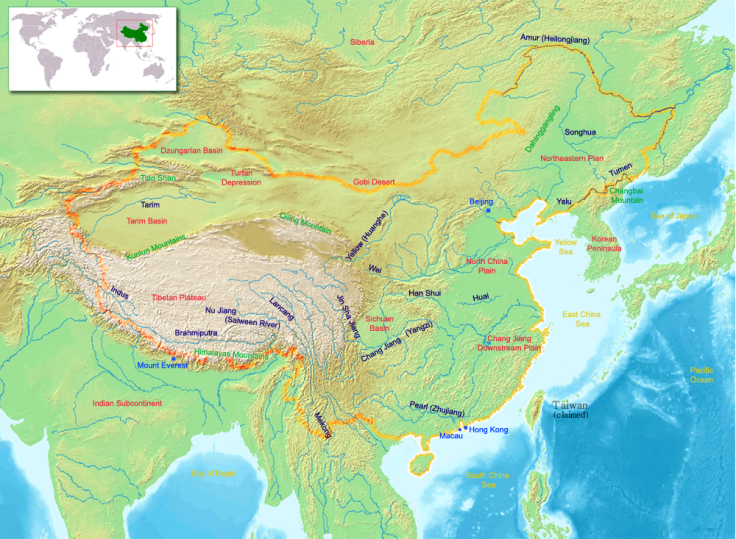Tibet's permafrost is playing a surprise role in climate change
Carbon has accumulated in the upper layers of the soil in the Tibetan Plateau in the space of a decade.

In the Tibetan Plateau, climate change is increasing the carbon concentrations within the upper layers of permafrost soils, a study has shown. This represents a negative feedback to rising atmospheric CO<sup>2 concentrations, and could potentially slow the pace of climate change.
Permafrost soils are known to store large amounts of carbon. As temperature rise and permafrost thaws, some of this carbon is released into the atmosphere. However, the upper layers of the permafrost soils can also trap a certain amount of carbon.
The balance of these carbon fluxes can help scientists determine the contribution of permafrost to global warming.
"In these cold regions as it gets warmer, the vegetation grows more and that puts more carbon in the top layers of the soil. What we are concerned about is the carbon that is in the frozen permafrost, deeper in the soil. Whether or not you have a bigger emission of carbon depends on the balance between how much carbon is released from those deep soils when permafrost thaws versus how much enters at the top", permafrost expert Sarah Chadburn from the University of Exeter (who was not involved with the study) told IBTimes UK.
"Our models tend to predict that more carbon is coming out but it is helpful to get precise measurements of carbon concentrations at the top of the soil to get a better idea of how the whole system affects global warming".
So far, the effects of warming on the balance of carbon uptake and loss in permafrost regions has remained unclear. More accurate measurements of carbon concentration in permafrost soils are needed.
Negative feedback
The new study, published in the journal Nature Geoscience, is based on repeated soil carbon measurements at more than 100 sites in the Tibetan Plateau, taken in the early 2000s and early 2010s.
"This study is particularly interesting because it's coming from an area that was underrepresented in the scientific literature in terms of studying the carbon balance associated with thawing permafrost", Vladimir Romanovsky, from the Permafrost Laboratory at the University of Alaska Fairbanks (who was not involved with the research) told IBTimes UK.
The study's authors report an accumulation of soil organic carbon in the uppermost 30cm of the permafrost soils over this decade – a period when temperatures kept rising in the Tibetan Plateau. The scientists hypothesise that this increase in carbon stocks is probably the result of climate change-related vegetation growth in the region.

Their findings suggest that the upper layer of the permafrost represents a substantial regional carbon sink to rising atmospheric CO<sup>2 concentrations in a warning climate. As such, it could help offset carbon losses from the deeper thawing permafrost and slow the pace of climate change.
Chadburn commented: "The Tibetan Plateau is a bit different to other permafrost regions. Most regions are at higher latitudes, like the Arctic permafrost region, whereas the Tibet Plateau is Alpine mountain permafrost. It's much further south so it is a different kind of climate. We don't know if these findings could apply to other permafrost regions. But we need to do the same kind of studies in other areas because such measurements are really useful to understand the role of permafrost in furthering climate change".
© Copyright IBTimes 2025. All rights reserved.






















